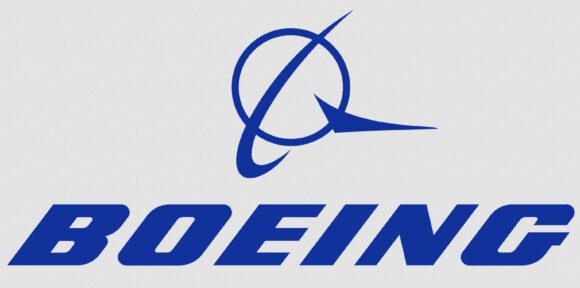Wing design is complicated and the changes in IT and materials are having a big impact on what OEMs can do with wings. A case in point is the Boeing 737. Boeing has continually updated the core design. Most notably by using newer engines and, of course, adding winglets. These are things we can see. But there is magic going on inside the wing that is less obvious.  As the table illustrates, Boeing has been able to get more out of the design with each iteration. The NG was a big leap forward, and the MAX improves on that. In fact, the MAX has 57.4% more range and 41.5% higher MTOW than the 200ADV which demonstrates tremendous growth in capabilities.
As the table illustrates, Boeing has been able to get more out of the design with each iteration. The NG was a big leap forward, and the MAX improves on that. In fact, the MAX has 57.4% more range and 41.5% higher MTOW than the 200ADV which demonstrates tremendous growth in capabilities.
While the airplane got increasingly more capable and efficient engines, it also benefited from much improved wing design. The NG made use of a supercritcal wing which gave it a major improvement over the Classic. While there are numerous issues in wing design, let’s just take a look at two of these. The chart below shows how, as the 737 capabilities grew, so did its wingspan and its Aspect Ratio.
Aspect Ratio is an important measure of wing design. The Aspect Ratio (AR) of a wing is defined as the square of the span divided by the wing area. Generally newer aircraft in commercial service are seeing a rise in wing AR. Wings with higher ARs generate lift with less drag and provide better flight efficiency. Essentially, a high AR wing is more efficient because it reduces vortex formation and associated drag.
The green line in the chart tracks the growth in AR over the iterations of the 737.
 Without the improvement in wing design on the 737 – even with better engines – we would argue that the 737 would not have non-stop transcon US range. The NG routinely flies transcon year round. The MAX range is starting to close in on the 757’s 3,900 NM range without winglets. Boeing’s wing work on the 737 has been remarkable.
Without the improvement in wing design on the 737 – even with better engines – we would argue that the 737 would not have non-stop transcon US range. The NG routinely flies transcon year round. The MAX range is starting to close in on the 757’s 3,900 NM range without winglets. Boeing’s wing work on the 737 has been remarkable.
Views: 76




Too bad they did not swap the 707 fuselage for something better! This has been a major blunder!
What part, if any, do you think was stimulated by market entry of the A320?
The improved 737 classic was thought to keep Airbus out of this specific business. After the A320 entered the market Boeing was forced to improve the 737 again and called it NG. Now the MAX was necessary to not fall much further back against the A320NEO.
The 737 MAX is not available with a Geared Turbo Fan (GTF) due to its short landing gear.
The problem for Boeing will be that Airbus could put an even bigger engine below the wings of an A320NEO2.